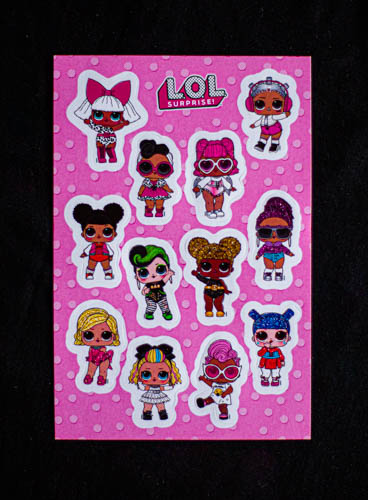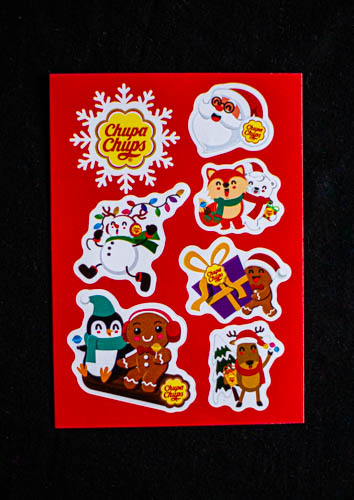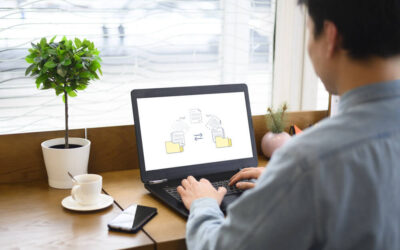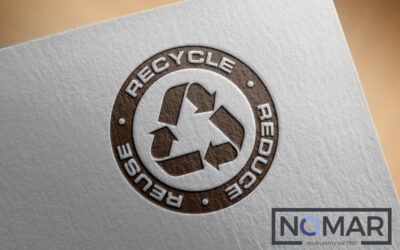Stickers are small pieces of adhesive paper with various patterns, shapes, colors and information, they accompany us every day, although we often assign them only a decorative function. However, in the world of creativity, self-development and art, they play a much more important role. So why is it worth taking a closer look at them?
The history of the stickers
The first ones appeared in the 19th century in Great Britain. These were small labels with the manufacturer’s name on food products. In those days, they were practical rather than decorative items. However, they quickly began to be used to identify and decorate travelers’ luggage, which gave them an individual charter.
During World War I, they began to play an important role in identifying soldiers. They began to be placed on helmets, uniforms and military equipment. At that time, the first collector’s stickers appeared, depicting symbols of military units or popular characters from that period.
In the 1960s and 1970s, stickers began to serve as an artistic and political expression. They became a popular means of expression during the Cultural Revolution, social protests and hippie movements. They were used on clothing, backpacks, cars and all kinds of objects, providing a kind of canvas for street artists.
In the 1980s and 1990s, they began to play an important role in popular culture. Famous characters from movies, comics and video games appeared on stickers, creating a variety of colors and patterns. During this period, stickers related to music also became popular, especially genres such as punk, hip-hop and rock.
With the advent of the digital era, stickers moved to the virtual world. Social media apps have allowed users to add virtual stickers to photos and messages, which has become a popular way to express emotions and humor online. Emoji “stickers” have become an almost universal means of communication in today’s globalized online world.
Nowadays, they are widely used as a means of expressing individualism. People decorate their laptops, phones, cars and even their bodies with them. They have also become an important element of pop culture, and collecting them is a passion of many enthusiasts.
Stickers production process
It is a product that is created in several stages. Here is a general description of the production process.
Projects
The first step is to create a project. Graphic designers use specialized software to design the pattern, colors and any other elements that will be included on the sticker.
Printing
Let’s move on to the printing process. Stickers can be printed on various types of printers, including offset, digital or screen printing, depending on the quantity and quality outlined. For larger volumes, offset printing is often used, while smaller volumes can be printed digitally. Screen printing, in turn, guarantees the highest durability of stickers.
Substrate
Stickers can be printed on various types of substrate, called substrate. It may be paper, foil, PVC or other material, depending on the purpose. For example, self-adhesive car stickers can be printed on special foils that are resistant to weather conditions.
Lamination
To protect the print against abrasion, fading and moisture, stickers can be laminated. Lamination involves covering the print with a thin layer of transparent protective material.
Cutting out
After the printing and laminating process is completed, the sheets are cut into individual copies. This can be done using special knives or lasers, depending on the precision and quantity.
Developing
Stickers can be produced on a roll or in a sheet, depending on the customer’s needs and the type of product.
Packaging and labeling
Finally, the stickers are packed according to the customer’s order. They can be placed in collective packaging and then labeled with information regarding content, size, quantity, etc.
The sticker production process may vary depending on the specific production facility and the type and volume of stickers, but generally speaking, the above steps constitute the basis of the process.
Gallery of stickers made by us
Various applications
The creativity of the sticker medium
These art miniatures, which we can place wherever we wish, are like little canvases that allow us to express our creativity and individuality. We can decorate our laptops, phones, notebooks, or even walls or furniture with them. This is a simple way to give your everyday items a unique character.
Expressing personality
Stickers often become an extension of our personality. By choosing specific patterns, colors or styles, we can subtly convey to the world information about who we are and what inspires us. For many people, collecting them becomes a passion, and their collections are real works of art that tell the story of their owners.
Educational dimension
Stickers are not only decorative elements. They can also have an educational function. For the youngest, they are a great tool for learning shapes, colors and animals. With letters or numbers, they can be an excellent help in the process of learning to write and count. Thanks to them, learning becomes fun, which facilitates better knowledge acquisition.
Business and marketing
Stickers have also gained importance in business and marketing. They are an effective way to promote a brand or product. Logos, advertising slogans and other graphics placed on them can be distributed at events, placed on product packaging or used as advertising gadgets. Thanks to their low price and the possibility of mass production, they are available to companies with various budgets.

Are you interested in working with us?
Go to the contact tab or
Summary
Stickers, although seemingly simple, have many different functions. From decoration, through expression of personal identity, to an educational tool or an element of business promotion – they are a versatile carrier of ideas and creativity. Their small size does not negate their great importance in today’s world, where individuality and originality become more valuable.










